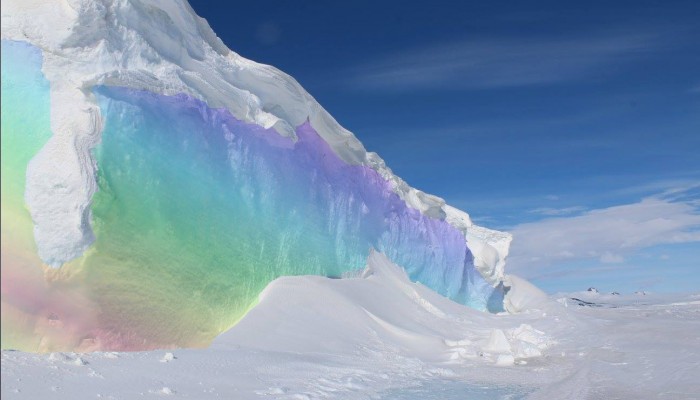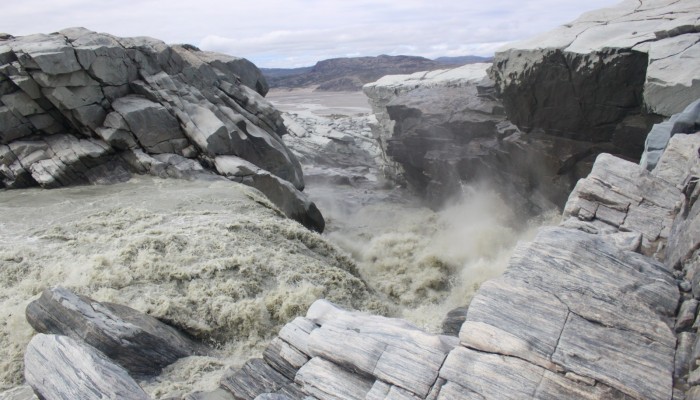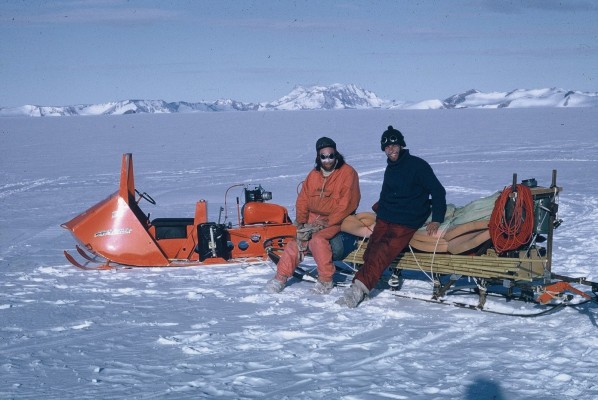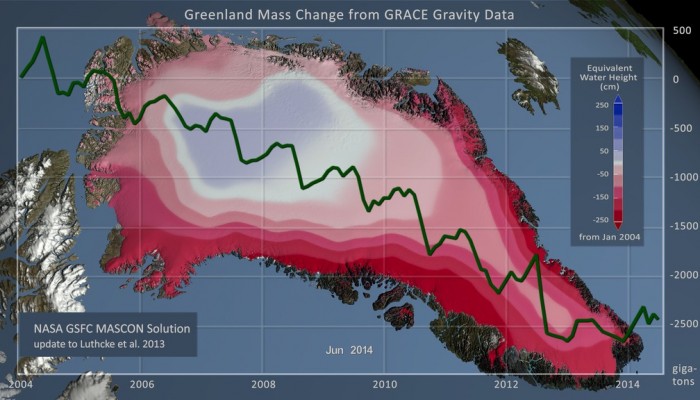A few weeks ago, we focussed our image of the week on very particular parts of Antarctica, which display blue ice at the surface. Today we would like to put the spotlight on an even more extreme chromatic phenomenon : the Fyndið ísjaki Brandari (should be pronounced “/fɪːntɪð/ˈiːsjacɪ /ˈprantaːrɪ/“, even though a bit of phonetics never hurt anyone, for the sake of simplicity this phenomenon ...[Read More]
Image Of The Week – Do My Ice Deceive Me?










